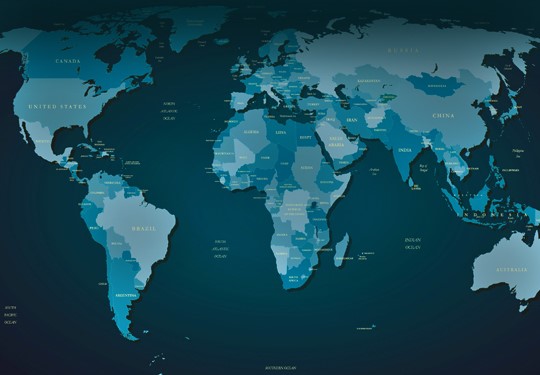For many years, one of the most prominent global management consulting firms had invested in building a strong internal knowledge management (KM) capability, focused on enabling its partners and consultants to provide stronger and more efficient client service delivery, growth, and firm-wide success. The firm had augmented these investments in recent years with expanded staff (including placing client-facing consultants in formal knowledge roles), offshore support from a shared services center in India, and enhanced knowledge-sharing tools.
As the consulting firm moves forward with its KM strategy, program leadership wanted to understand how its level of KM investment compared with that of other leading professional services organizations. This understanding would help the firm in several ways by:
- Providing input into specific KM organizational, budgeting, and investment decisions in the future;
- Bringing data to company’s leadership and other senior stakeholders regarding current and future investments in KM, as part of updates and stakeholder management; and
- Answering specific questions that may arise regarding spending on specific components of the KM program.
The objective of the project was to perform benchmarking of knowledge management costs with its close peers in the management consulting field and with other selected leading professional service organizations. Relevant technology costs (e.g., development, architecture, operations) were part of the scope of the benchmarking project.
Because of the challenges of performing high-quality benchmarking, the project took the following approach:
- The study participants included approximately 15 large, global professional services organizations, as long as they had a defined KM capability and program leader(s).
- Data was collected through an online survey, completed by each participating firm’s head of KM (or another senior contact). Iknow also conducted a telephone interview of each firm after the survey.
- Iknow committed that the attribution of raw data to individual firms remain in the possession of Iknow and not be shared with any other parties. Participating firms were offered a summary report from the study.
- The majority of KM costs typically reside in personnel/staff, so one main focus was on capturing clean and normalized headcount/FTE data and staff location.
- The data collected was also mapped against services delivered and key program activities. The analysis then compared KM costs by major activity.
- Technology enablement costs were captured for major categories of KM platforms and reflected new versus ongoing investment.
- The process ensured that all roles were captured, including those in business groups that may be part-time and not budgeted.
The project was structured in three workstreams.
- Preparation. Build and test the survey and data collection approach and secure the participation from peer firms.
- Data Collection. Gather data from participating firms through a survey and follow-up interview.
- Analysis, Reporting, and Wrap-up. Complete data analysis, deliver the full project report, and transition the sanitized model to the client.
The project’s deliverables included:
- Collecting current and projected data on KM costs from each organization
- Capturing the data, as best as possible, by type of spend (e.g., dedicated staff, technology cost, other program expenses), and by the type of services provided
- Normalizing the raw data to account for differences in KM program scope and services, by organizational size and geography, and other relevant differences in firm strategy
- Creating practical cost metrics, which can be used to compare relative spending across participating firms
- Identifying key insights and good practices from other firms, which the consulting company may want to assess in more detail.
The consulting firm received valuable information about the levels of current and future investment in knowledge management across its industry peer group. The benchmarking findings provided insights about how the company might optimize its resource allocation decisions.


